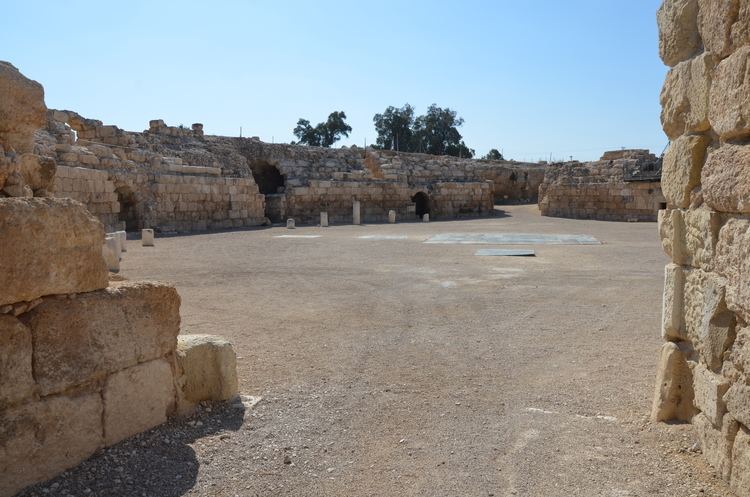Founded 3rd century CE | Local time Thursday 2:56 AM | |
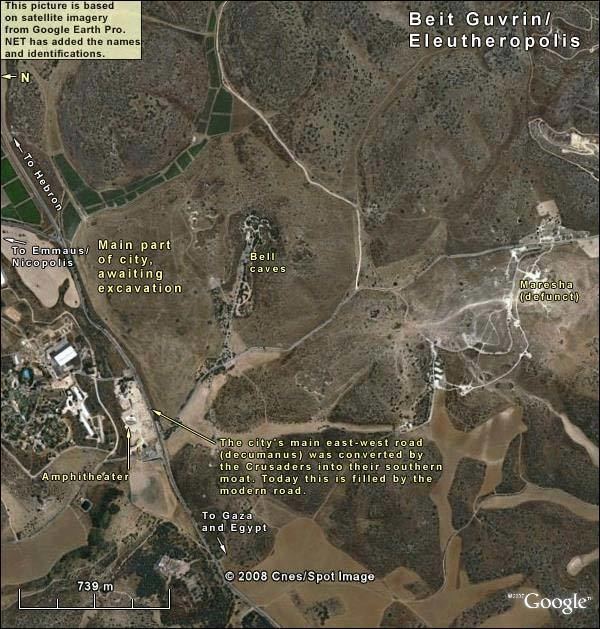 | ||
Weather 13°C, Wind E at 11 km/h, 44% Humidity | ||
The roman amphitheater of the city of eleutheropolis bet guvrin israel
Eleutheropolis (Greek, Ελευθερόπολις, "Free City") was a Roman and Byzantine city in Syria Palaestina, some 53 km southwest of Jerusalem. Its remains still straddle the ancient road connecting Jerusalem to Gaza and are now located within the Beit Guvrin National Park.
Contents
- The roman amphitheater of the city of eleutheropolis bet guvrin israel
- Name
- Background JewishIdumean Betaris
- Roman and Byzantine Eleutheropolis
- 19th century identification
- References
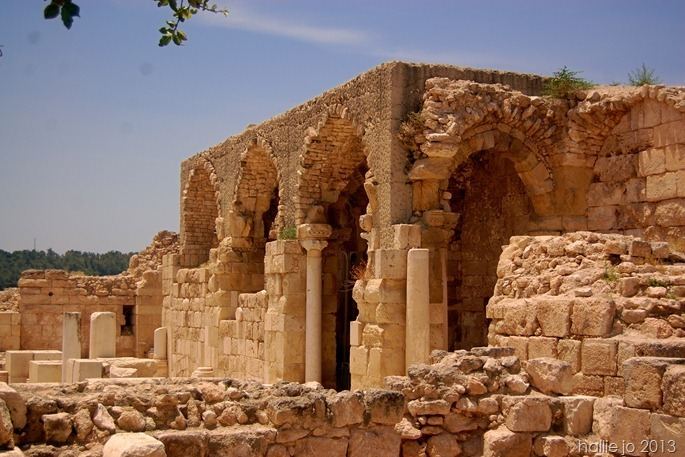
Name
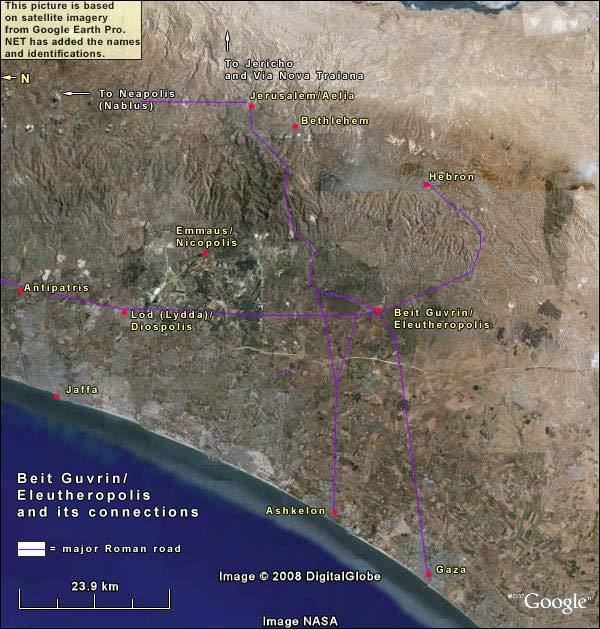
The city was originally known in Aramaic as Beth Gabra, which translates as the "house of strong men". Ptolemy referred to it as Baitogabra, Josephus called it Betaris, and in the Talmud it was known as Beit Guvrin. The name Eleutheropolis was given to the city by the Romans at the beginning of the third century. The former city of Eleutheropolis was rebuilt by the Crusaders as Bethgibelin or Gibelin. The medieval city was known in Arabic as Beit Jibrin or Jubrin (بيت جبرين), meaning "house of the powerful" and reflecting its original Aramaic name.
Background: Jewish/Idumean Betaris

In 68 CE, during the Jewish War, Vespasian slaughtered or enslaved the inhabitants of Betaris. According to Josephus: "When he had seized upon two villages, which were in the very midst of Idumea, Betaris, and Caphartobas, he slew above ten thousand of the people, and carried into captivity above a thousand, and drove away the rest of the multitude, and placed no small part of his own forces in them, who overran and laid waste the whole mountainous country."
The settlement was demolished once again during the Bar Kokhba revolt, 132–135 CE.
Roman and Byzantine Eleutheropolis
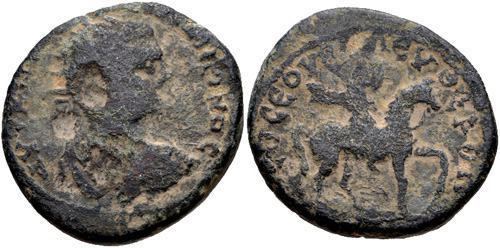
In the year 200, Roman Emperor Septimius Severus gave it the status of a city under a new Greek name, Eleutheropolis, meaning "City of the Free", and its inhabitants were given the ius italicum. Coins minted by Septimius Severus bear the date January 1, 200, commemorating its founding and the title of polis.

Eleutheropolis became one of the most important cities in Roman Palestine. Seven routes met at Eleutheropolis, and Eusebius, in his Onomasticon, uses the Roman milestones indicating the city as a central point from which the distances of other towns were measured. Eleutheropolis was a "City of Excellence" in the fourth century and a Christian bishopric with the largest territory in Palaestina: its first known bishop is Macrinus, who attended the Council of Nicaea in 325.

Epiphanius of Salamis, the bishop of Salamis in Cyprus, was born at Eleutheropolis; at Ad nearby he established a monastery which is often mentioned in the polemics of Jerome with Rufinus and John, Bishop of Jerusalem.
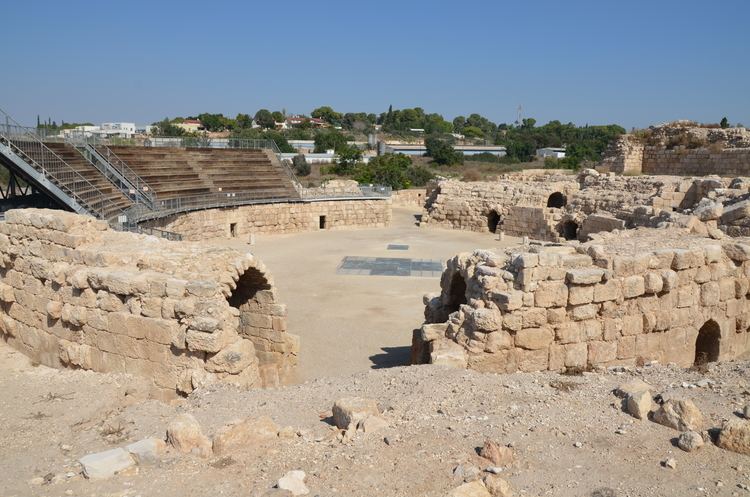
The Madaba Map (dated 542-570 CE) shows Eleutheropolis as a walled city with three towers, a curving street with a colonnade in the central part and an important basilica. In the centre is a building with a yellowish-white dome on four columns. Eleutheropolis was last mentioned in the ancient sources by the near contemporary itinerarium of the Piacenza Pilgrim, about 570.
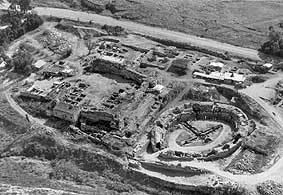
At Eleutheropolis, according to the hagiographies, fifty soldiers of the garrison of Gaza, who had refused to deny Christ were beheaded in 638: later a church was built in their honor. In 796, the city was again destroyed in civil warfare.
19th century identification

In 1838, American scholar Edward Robinson identified Bayt Jibrin as the site of ancient Eleutheropolis. Eleutheropolis remains a titular see in the Roman Catholic Church.
